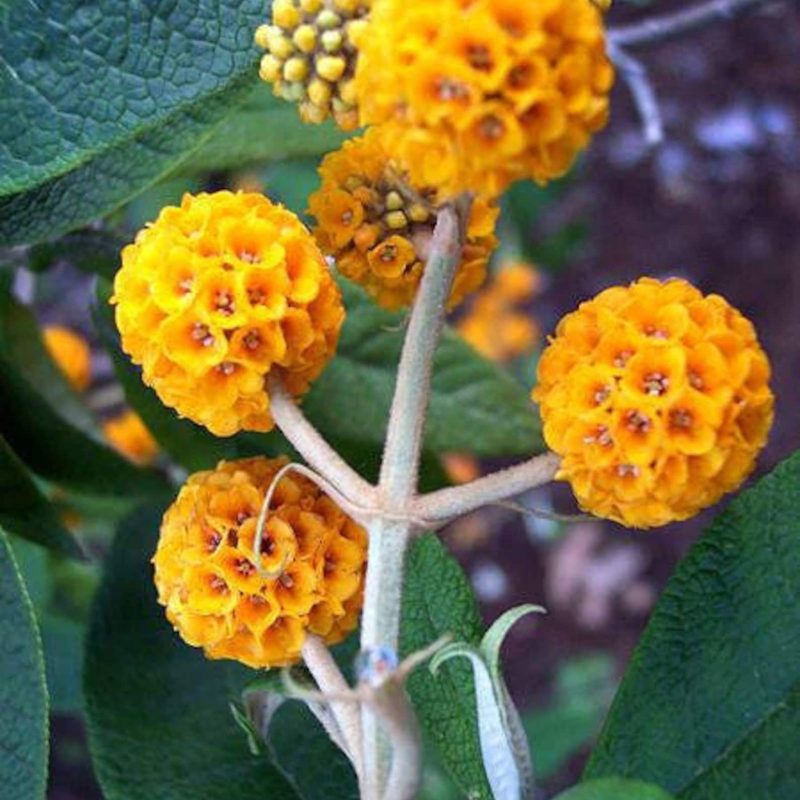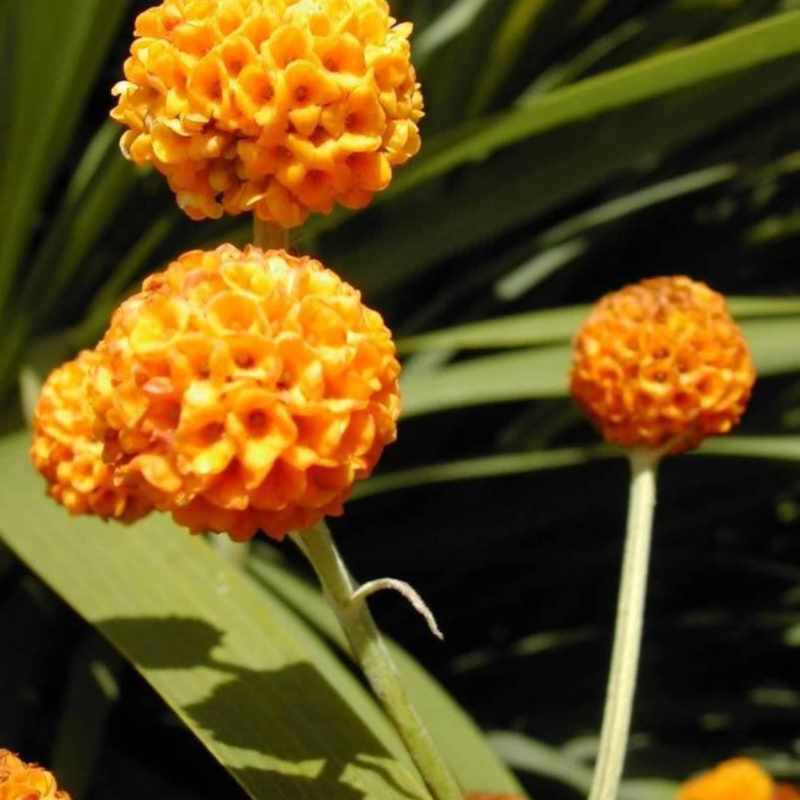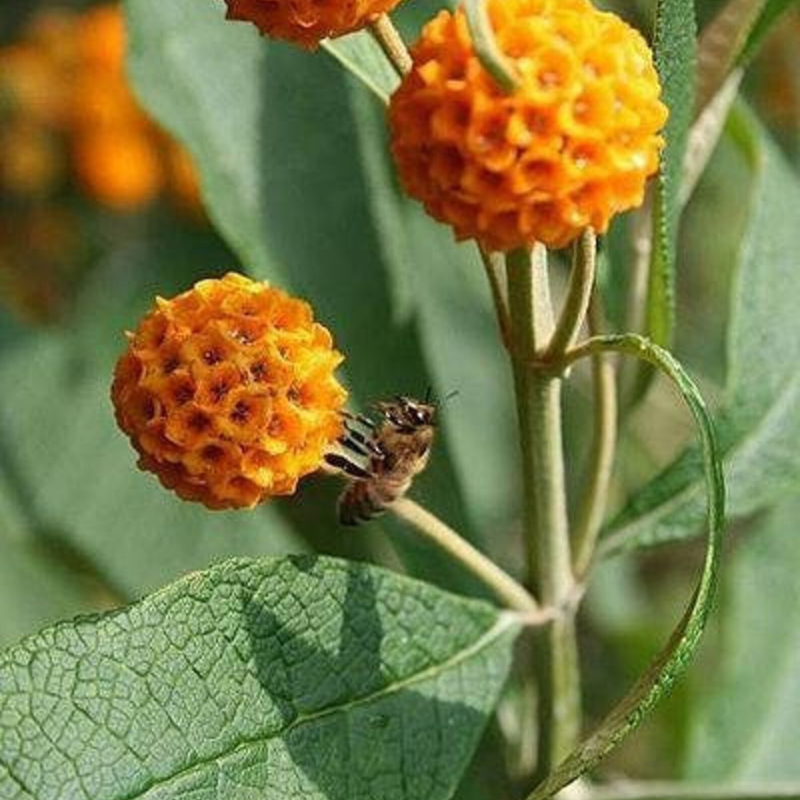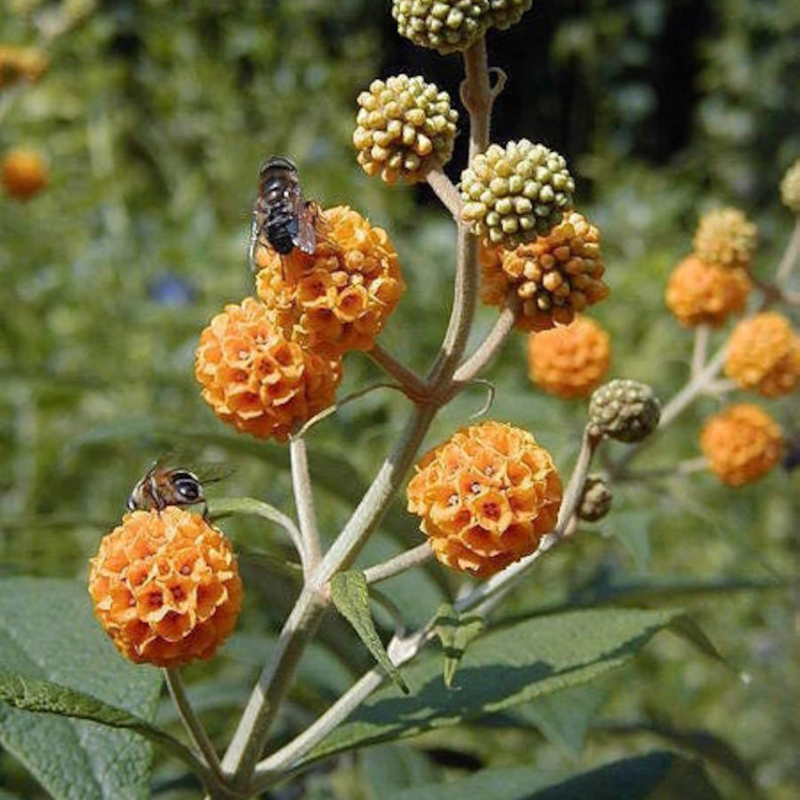- Historical context: The Ball Butterfly Tree, scientifically known as Dombeya wallichii, is a species of flowering plant in the family Malvaceae. It is also known as the Pink Ball Tree.
- Geographical origination: This tree is native to Madagascar and other parts of tropical Africa.
- Relevant cultural significance: In its native regions, the Ball Butterfly Tree is often used for ornamental purposes due to its beautiful pink flowers.
- Time period of discovery: The exact time period of discovery is not well-documented, but it has been known to Western science since at least the 19th century.
- Original habitat: The Ball Butterfly Tree thrives in tropical climates and is often found in forests and woodland areas.
- Notable historical uses: Historically, the tree has been used for its ornamental value and its wood has been used in construction.
- Ideal temperature range: The Ball Butterfly Tree prefers a tropical climate and can tolerate temperatures up to 30°C (86°F).
- Soil type: It grows best in well-drained soil that is rich in organic matter.
- Sunlight requirements: The tree requires full sun to partial shade for optimal growth.
- Watering needs: It needs regular watering, but the soil should be allowed to dry out between waterings.
- Planting season: The best time to plant the seeds is in the spring.
- Germination time: The seeds typically germinate in 2-3 weeks.
- Growth cycle duration: The tree reaches maturity and begins to flower in about 3-5 years.
- Common pests and diseases: Common pests include aphids and mealybugs. It can also be affected by root rot if overwatered.
- Companion planting advice: The tree can be planted alongside other tropical plants that have similar sunlight and watering needs.
- Common challenges and solutions: One common challenge is overwatering, which can lead to root rot. This can be prevented by ensuring the soil is well-drained and allowing it to dry out between waterings.
- Nutritional values: The Ball Butterfly Tree is primarily grown for its ornamental value, and its nutritional values are not well-documented.
- Health benefits: There are no known health benefits associated with this tree.
- Culinary uses: The tree is not typically used for culinary purposes.
- Medicinal uses: There are no known medicinal uses for the Ball Butterfly Tree.
- Other unique advantages: The tree's main advantage is its ornamental value. Its beautiful pink flowers make it a popular choice for gardens and parks.












